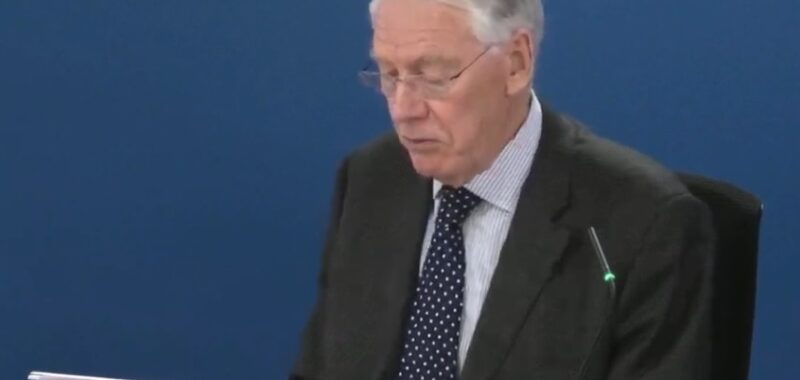The phase two report of the Grenfell Tower Inquiry has been published today, cataloguing a long list of failings from across the supply chain.
The inquiry blames multiple parties the deaths of 72 people from the 2017 Grenfell Tower fire, namely:
- the government
- the tenant management organisation
- the Royal Borough of Kensington & Chelsea
- the manufacturers and suppliers of the materials used in the 2015 refurbishment
- those who certified the products as safe to use in high rise buildings
- the architects
- the principle contractor, Rydon, and some of its subcontractors, in particular Harley Curtain Wall and its successor Harley Facades
- some of the consultants, in particular the fire engineer Exova Warringtonfire and Local Authority Building Control
- the London Fire Brigade.
“Not all of them bear the same degree of responsibility for the eventual disaster,” inquiry panel chair Sir Martin Moore-Bick said, “but as our reports show, all contributed to it in one way or another. In most cases through incompetence, but in some cases through dishonesty and greed.”
He said: “We found that there had been systematic dishonesty on the part of manufacturers involving deliberate manipulation of the testing processes and calculated attempts to mislead purchasers into thinking that what were combustible materials complied with the provisions of the statutory guidance that advised against their use.
“That dishonest approach to marketing was compounded by the failures of two of the bodies that provided certificates of compliance with the building regulations and statutory guidance – the British Board of Agrément and Local Authority Building Control – to scrutinise the information provided to them with sufficient care and to exercise the degree of rigour and independence that was to be expected of them.”
As was long ago established, the fire was caused by a fridge freezer in flat 16 catching fire. The deaths were cause by the spread of flames accelerating by the flammable core of the rainscreen cladding fixed to the building as part of the a refurbishment in 2015 and toxic gases spreading through the voids into other flats.

No one involved in the refurbishment is prepared to accept responsibility for specifying the dangerous cladding system, but the inquiry found that the flammable aluminium composite material (ACM) panels were chosen as rainscreen to keep down the costs.
Sir Martin set out some of the issues of rife incompetence across the refurbishment project team: “Studio E had no experience of overcladding a high rise building. It failed to recognise, as a reasonably competent architect should have done, that the insulation and rainscreen chosen were combustible and unsuitable for that purpose.
“Neither Rydon as principal contractor nor Harley, its cladding subcontractor, was aware of the properties of the materials specified for us in the refurbishment, although Harley, as a specialist subcontractor dealing with cladding, should have been; and Rydon as principal contractor had its own responsibility to ensure the materials were suitable.
“One of the problems that afflicted the refurbishment was a failure on the part of all concerned to understand where responsibility for any particular decision lay. That was especially the case in relation to choice of the rainscreen.
“We find that Studio E, Rydon and Harley all took an unacceptably casual approach to contractual relations. None of their employees engaged on the project understood the relevant provisions of the building regulations, the statutory guidance or such guidance from indrusty sources as were then available.
“That might not have mattered quite so much if proper advice had been taken from a competent and experienced fire engineer or if Building Control had performed its task properly.”

